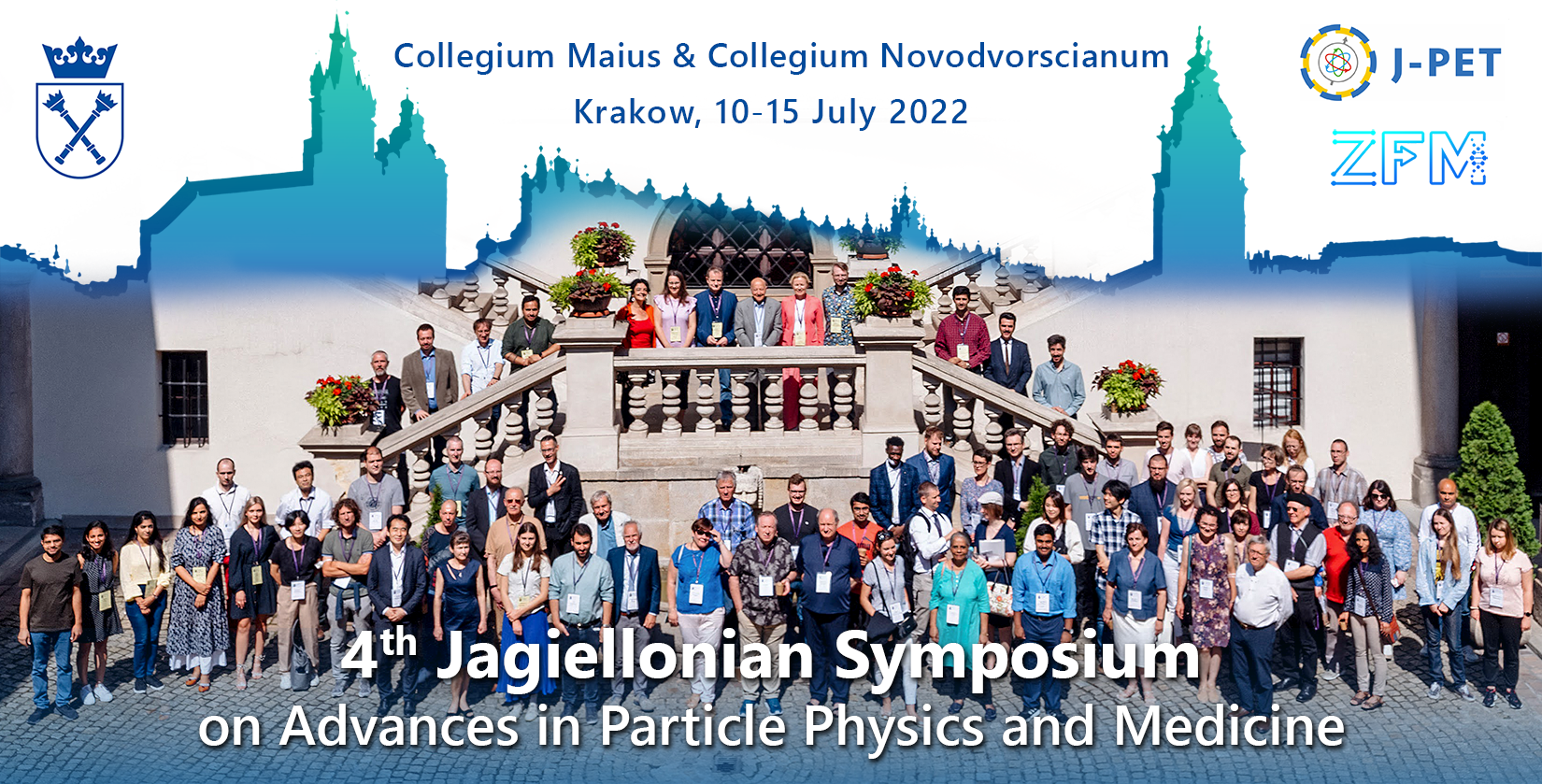Speaker
Description
As an emerging technology, positronium lifetime imaging (PLI) using time-of-flight (TOF) positron emission tomography (PET) provides supplemental information reflecting the microenvironment surrounding the tissue, in addition to the radiotracer activities from PET scan. However, due to the finite coincidence resolving time (CRT), typically on the order of 200 – 600 ps, reconstruction of the lifetime image from PLI list-mode events has yet to be fully developed.
Previous studies have established the feasibility of positronium lifetime imaging using TOF PET scanners that have superior CRT to allow precise localization of each event in space [Moskal 2019, Shibuya 2020]. Currently, no practical TOF PET scanners have the needed CRT and therefore the studies consider only well-separated sources that can be resolved by systems having a finite CRT. The existing positronium imaging method [Qi 2022] considers the marginal likelihood of the lifetime parameter given the radiotracer activity parameter and applies a surrogate function to estimate the lifetime parameter. In contrast, our proposed method directly models the lifetime and activity parameters and estimates them jointly. Our method overcomes all these challenges and produces quantitatively correct lifetime images beyond the resolution limit of the system CRT.
We address the problem of reconstructing the lifetime image from TOF PET data with finite CRT. We present a statistical reconstruction framework that maximizes the likelihood of observed PLI events, each comprising the following observable attributes: the detector receiving the prompt gamma, the detector pair receiving the annihilation pair, the time difference between the detection of prompt gamma and annihilation pair, and the time difference between the two photons within the annihilation. In our study, our simulation data include the flight time of the photons before detection and our method does not require having sub-100 ps TOF resolution for accurate localization of each detected event. We have verified our method using PLI events generated by the Monte-Carlo simulation.

